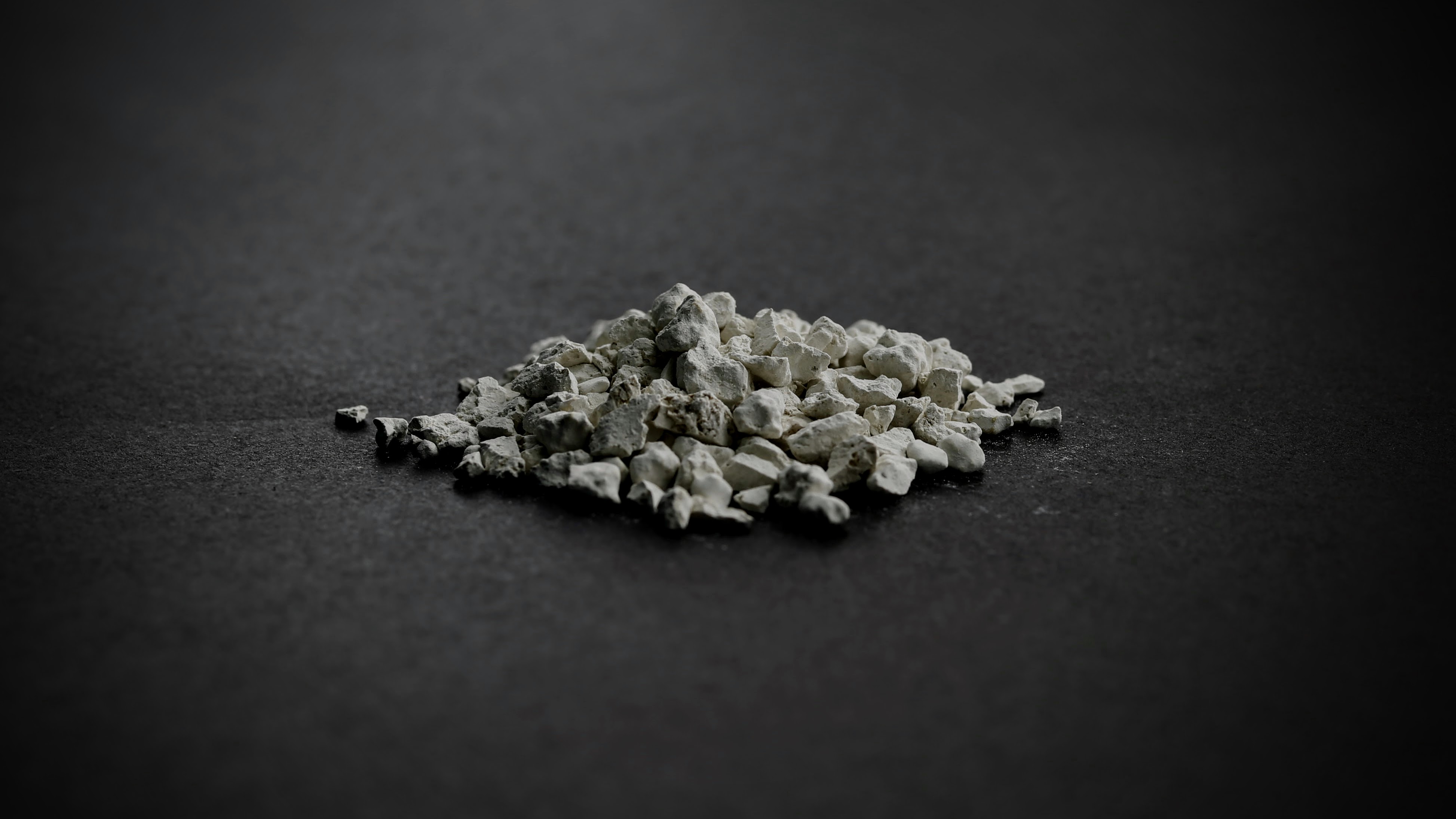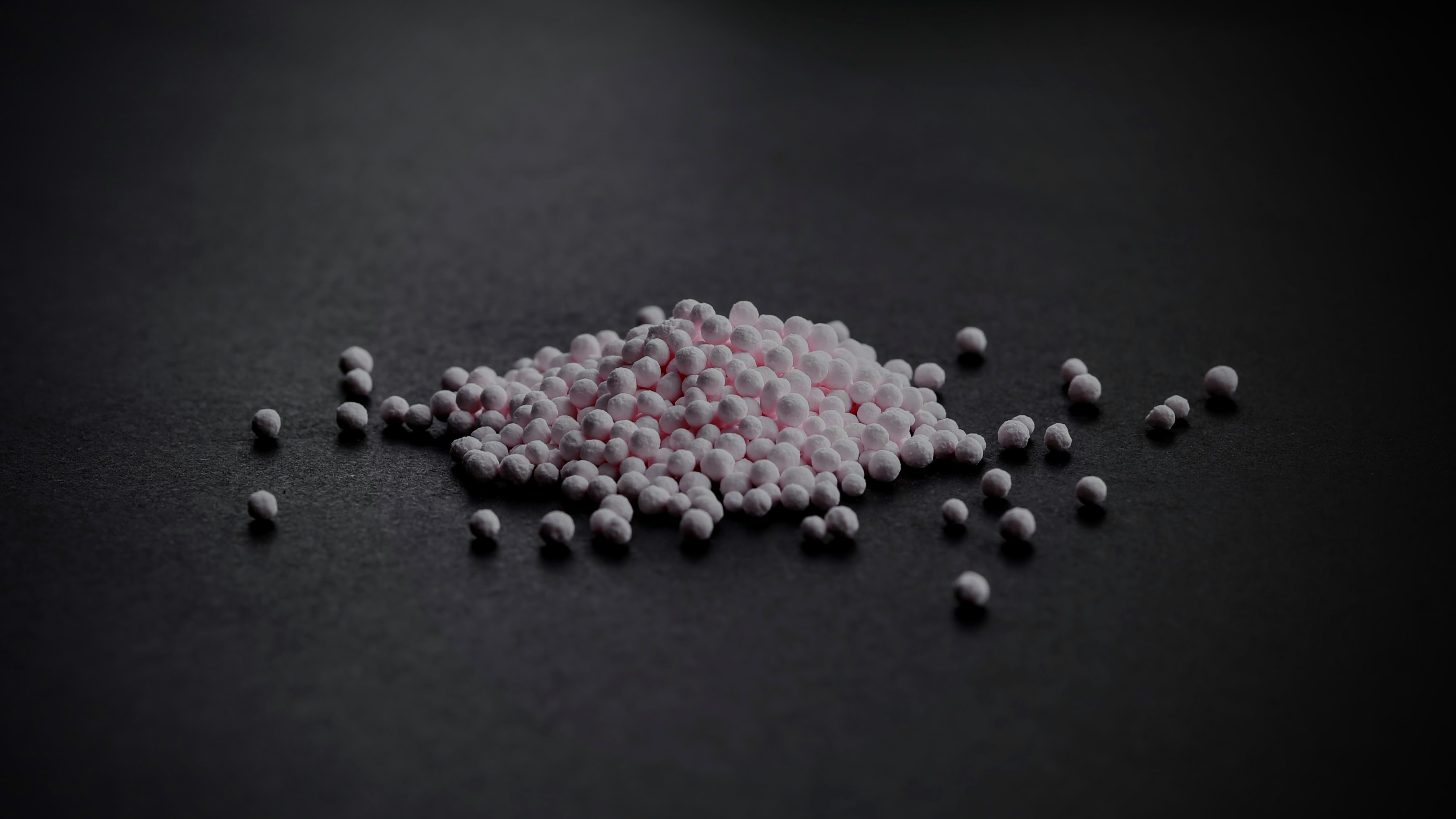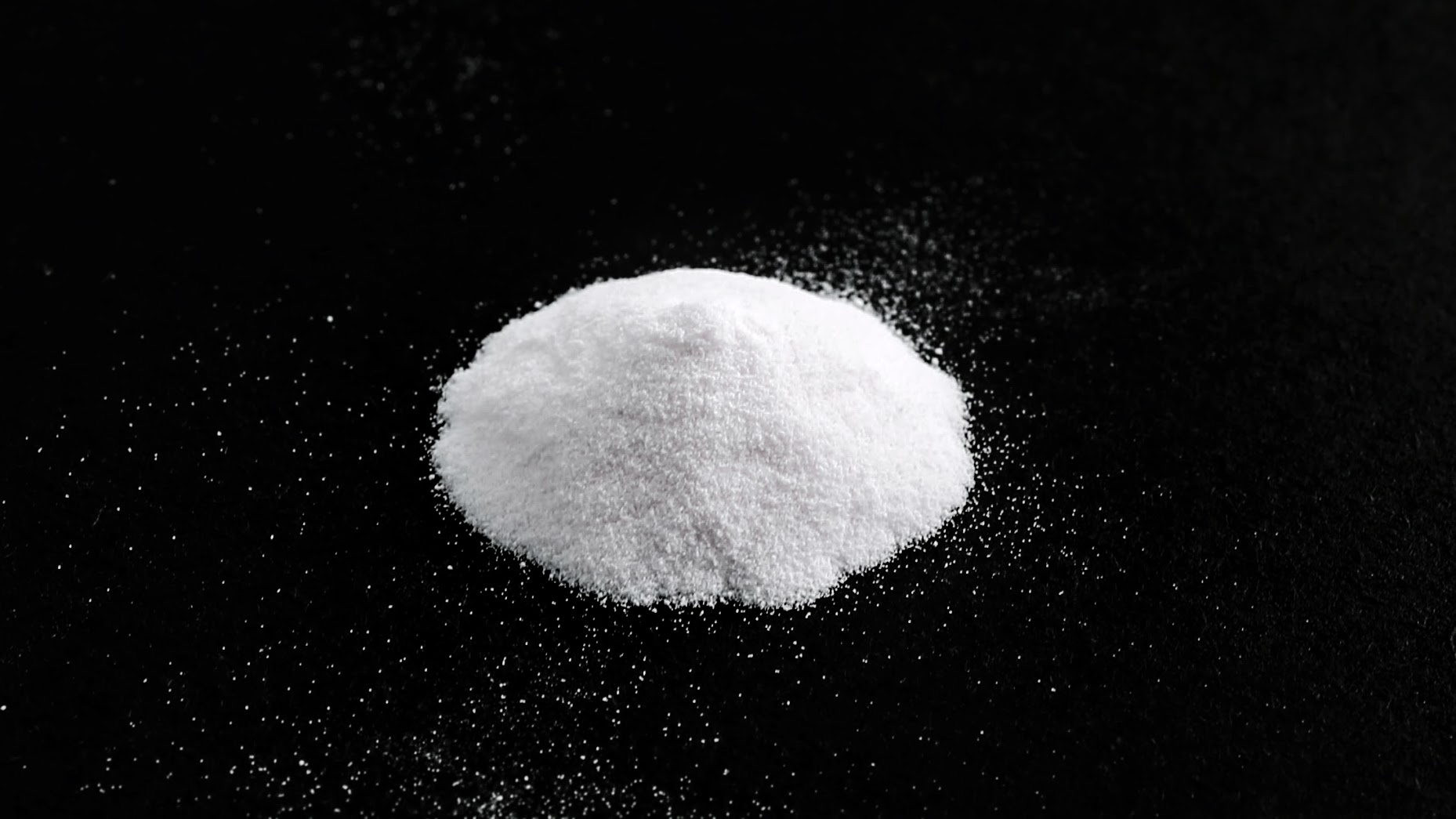Description
Ferrous(II) Sulfate Heptahydrate also known as Iron (II) Sulphate is a blue green crystal with the formula FeSO4.7H2O. Contains 19.5% Iron (Fe). A kind of iron salt, produced as a natural by-product of the titanium dioxide (TiO2) manufacturing process. Originally it was known as “green vitriol” or “copperas”. It is soluble in water and melts at 64°C. It is also used as a mordant in dyeing wool, in the manufacture of ink, in water purification as a substitute for aluminum sulfate, as a fertilizer, as a lawn conditioner and in many moss killers. It is also used to produce magnetic ferric oxide.
IUPAC name
Iron(II) Sulfate Heptahydrate
Other names
Green vitriol, Iron vitriol, Copperas, Melanterite, Szomolnokite
Chemical Formula
FeSO4·7H2O
Application
Cement Industry
Industrially, ferrous sulfate is mainly used as a precursor to other iron compounds. It is a reducing agent, mostly for the reduction of chromate(Cr3+) in cement. The main advantages of iron sulphate in cement application
are its easy availability and relatively low cost.
Chromium is an unavoidable trace element of raw materials used in the producing of ordinary Portland cement. Today there is an even greater need to reduce the contribution to chromium levels in the clinker, which are skin irritating and toxic! To protect people and the environment, chromate has first
to be rendered harmless through reduction. The addition of ferrous sulfate based agents is curently the most widely used available technology.
To reduce the amount of soluble chromium in cement, chromium is changed to form an insoluble salt which does not irritate the skin. For this, the most common solution is by adding ferrous sulphate to cement. When water is added to the dry cement, a redox reaction between the bivalent iron (Fe2+) and the hexavalent chromium (Cr6+) will result in trivalent iron (Fe3+) and trivalent chromium (Cr3+). Trivalent chromium salts are almost not water soluble, herewith avoiding contact dermatitis.
It is used as a lawn conditioner and fertilizer.
It is the main active ingredient in many commercial moss killer products.
Industrially, ferrous sulfate is mainly used as a precursor to other iron compounds.
It is a reducing agent, mostly for the reduction of chromate in cement.
Used in the manufacture of inks including iron gall ink.
It is used a mordant for wool dyeing.
errous sulphate can also be used to stain concrete and some limestones and sandstones a yellowish rust color.
Woodworkers use ferrous sulfate solutions to color maple wood a silvery hue.
In horticulture it is used for treating iron chlorosis (yellowing of folliage caused by iron deficiency). Although not as rapid-acting as iron chelate, its effects are longer-lasting. It can be mixed with compost and dug into to the soil to create a store which can last for years. Ferrous sulfate is sometimes added to the cooling water flowing through the brass tubes of a turbine condenser. It forms a corrosion-resistant, protective coating on the inside of the tube.
It is used as a traditional method of treating wood panels on houses, either alone dissolved in water or as a component of water-based paint.
Treatment Application Rates for Lawns
Rates of application can vary greatly depending on the desired effect and on the specific lawn. No two sets of circumstances will be the same and therefore a small area should be tested to satisfy yourself of suitability.
For Hardening and Conditioning Lawns
Test a small area with a 1% Ferrous Sulphate Heptahydrate solution (ie. 10gms/1L of water). If this does not give the desired effect a stronger solution can be used up to a maximum of 5% Ferrous Sulphate Heptahydrate (50gms/1L of water ).
A typical application for greening of grass would be 10-20g per Litre. Be aware that at dilutions of 30g per Litre and higher, undesired blackening of moss could occur. It is for this reason that Ferrous Sulfate is often included as an active ingredient in commercial lawn moss killing products. Over application of the product could also result in blackening of the grass itself.
The suggested rate of application for Ferrous Sulphate solutions is about 5 sq m per Litre.
Please be aware that Ferrous Sulphate solution will cause staining if spilt or applied to hard surfaces such as concrete. These brownish stains are effectively a form of rust and to remove them one will need to use an acid solution like Oxalic acid (used as a 5% solution).
When treating lawns with ferrous sulphate keep pets off the surface for at least one week. This protects their well-being and prevents transfer of residues onto hard surfaces (i.e. brown staining).
For application on agricultural pasture land / paddocks etc use at the same rates as above. Animals like horses must be kept of grasslands for at least 4 weeks before being allowed back to graze.
An over usage of Ferrous Sulphate can be harmful if the land being applied to has a low pH (Acidic) as Ferrous Sulphate is naturally acidic with a pH of 2.5. It is also recommended that the entire lawn be treated rather than specific areas to prevent certain patches becoming more acidic than others.

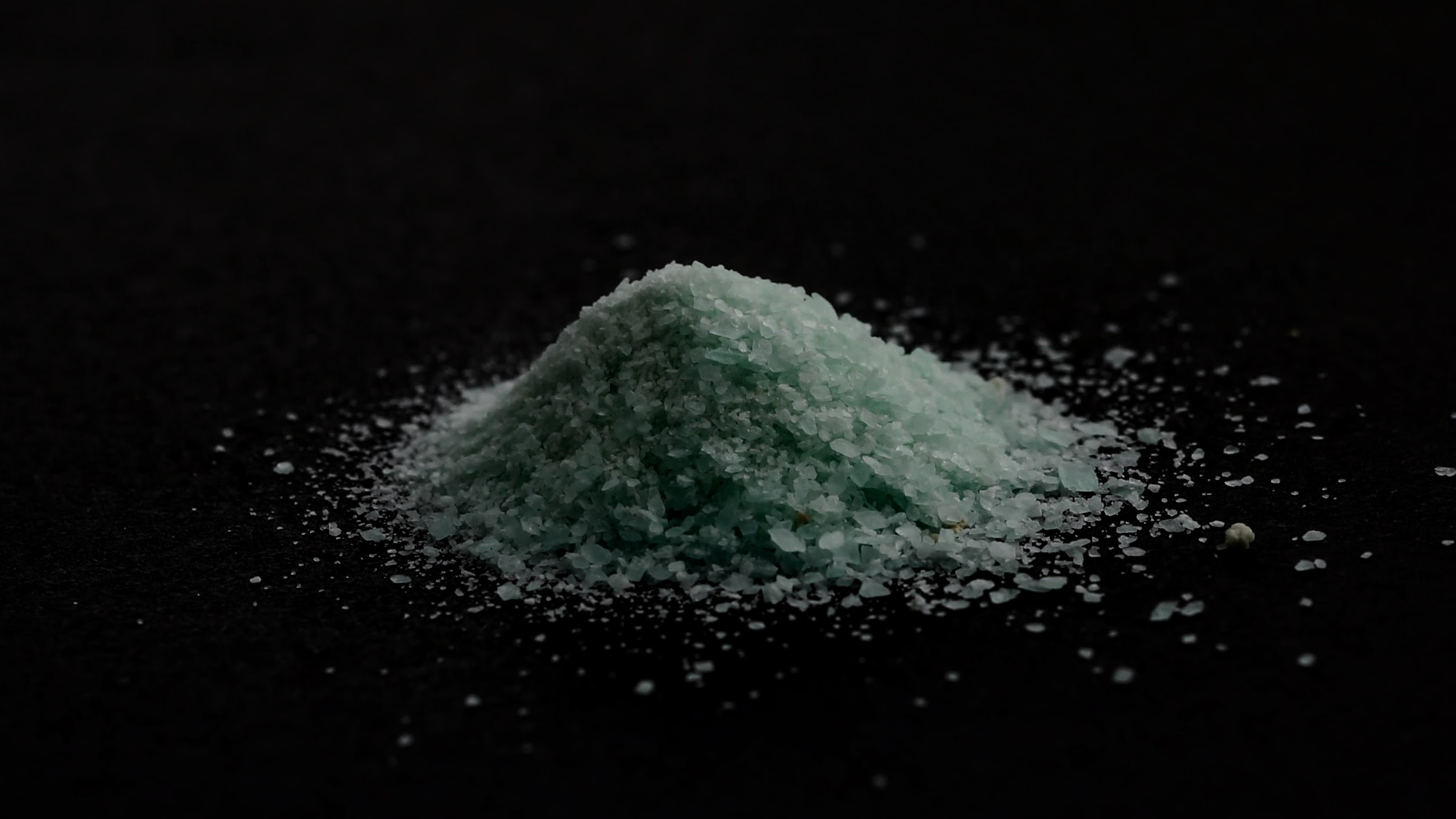
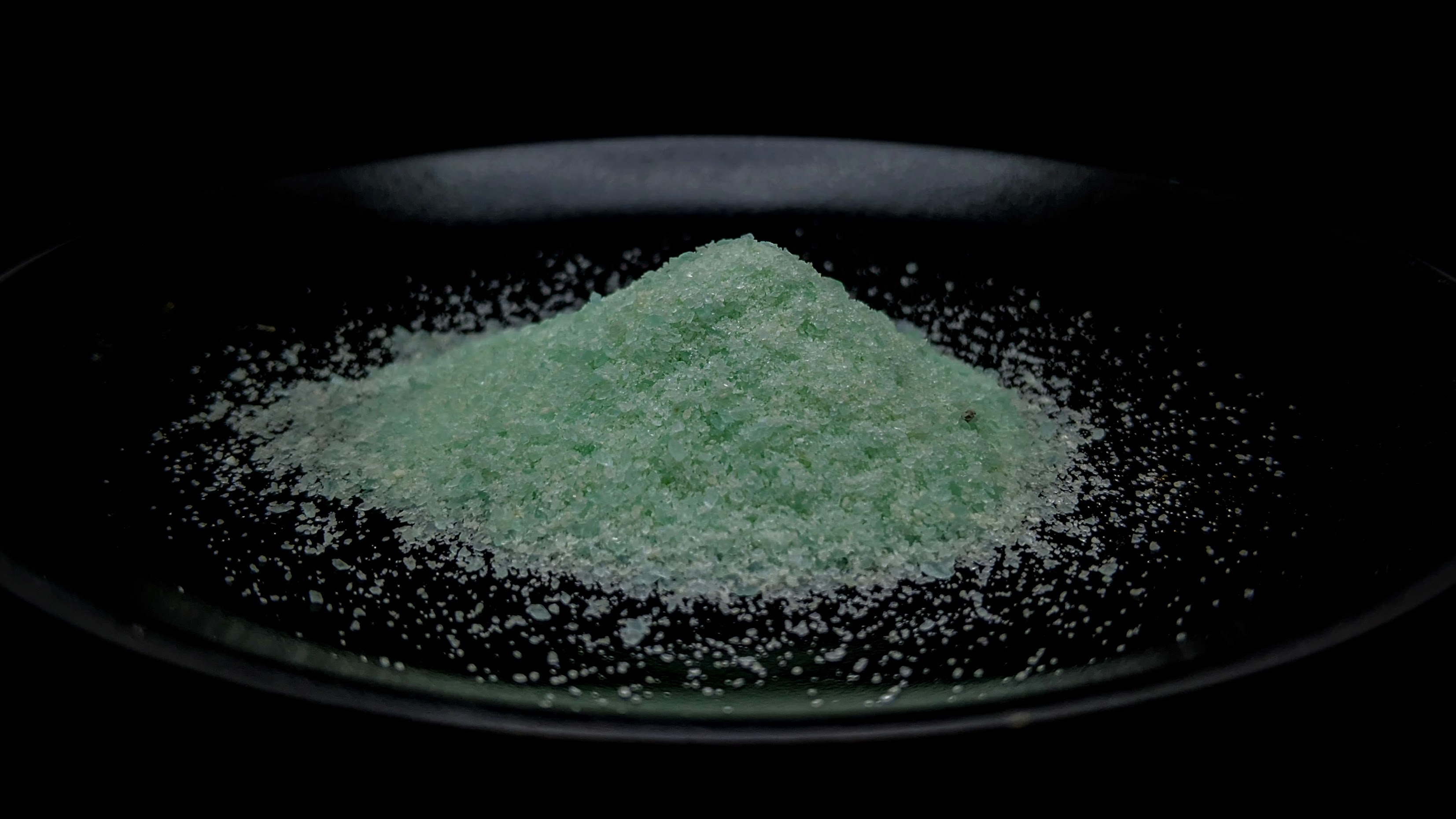 Ferrous Sulfate Heptahydrate Crystal[/caption][caption id="attachment_261" align="alignnone" width="4898"]
Ferrous Sulfate Heptahydrate Crystal[/caption][caption id="attachment_261" align="alignnone" width="4898"]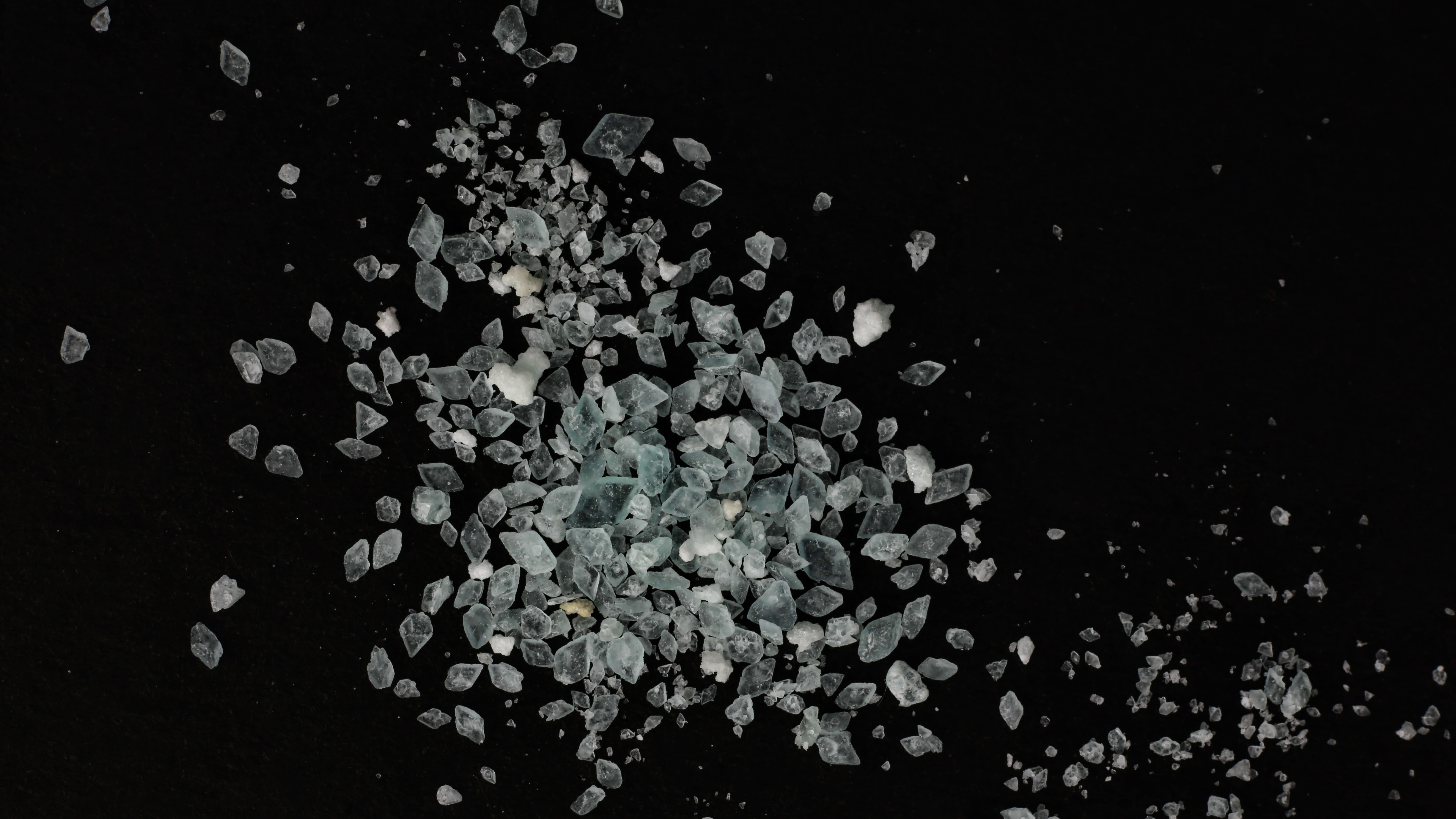 ferrous-sulfate-heptahydrate-crystal[/caption]
ferrous-sulfate-heptahydrate-crystal[/caption]